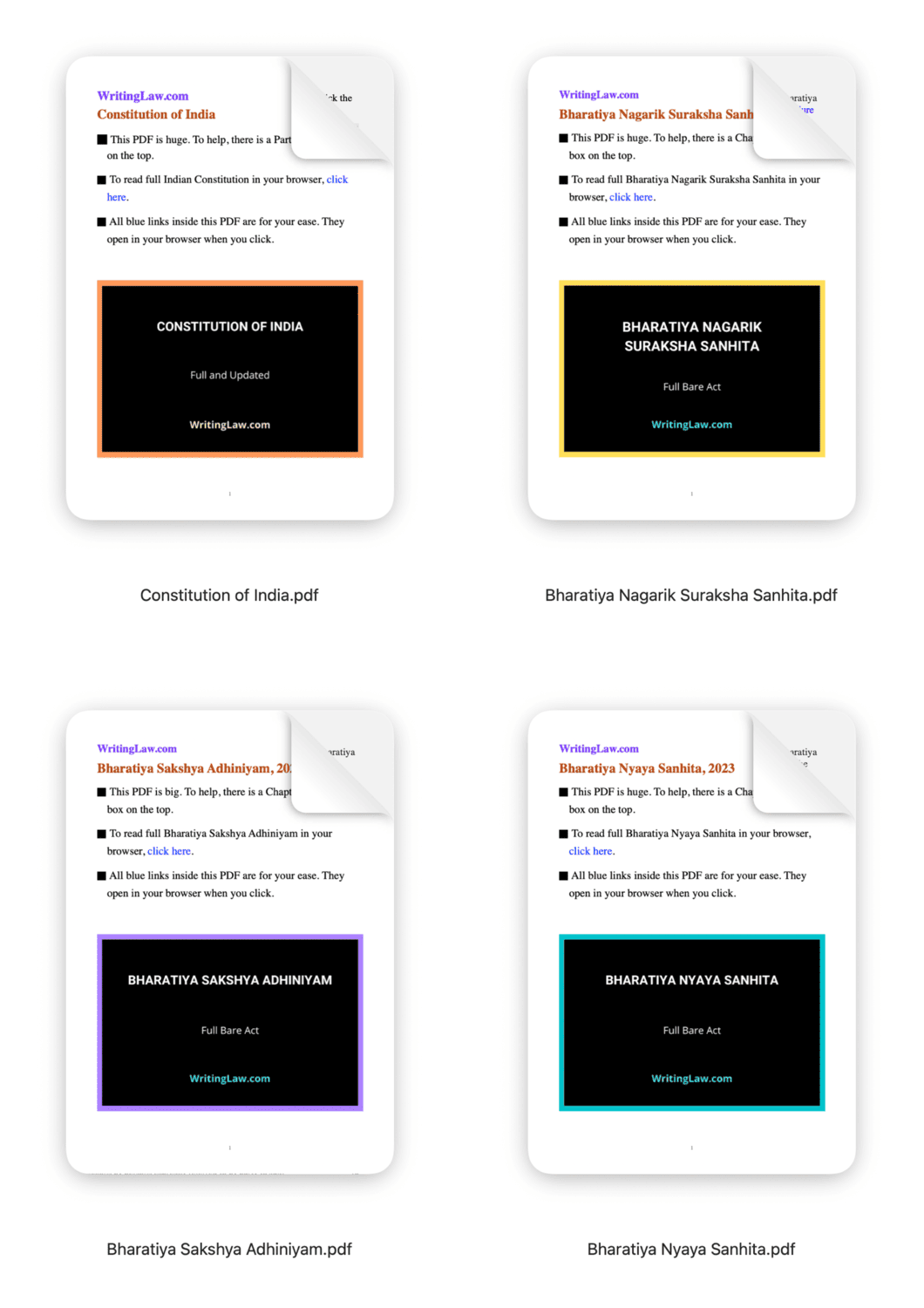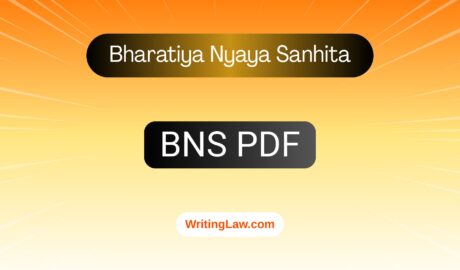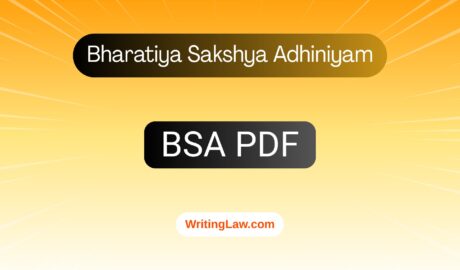
Mohd. Ahmed Khan vs Shah Bano Begum And Ors
Writ petition no: Civil Appeal No.7454 of 1981
Date of Judgment: 23-04-1985
The Shah Bano case, officially known as “Mohd. Ahmed Khan vs Shah Bano Begum and Others,” is a landmark legal case in India that had significant implications for Muslim women’s rights and the intersection of personal laws, religion, and gender equality. The case revolved around the issue of maintenance for a divorced Muslim woman.
Facts
Shah Bano, an elderly Muslim woman, was divorced by her husband, Mohd. Ahmed Khan, in 1978. After the divorce, she filed a maintenance petition under section 125 of the Code of Criminal Procedure (CrPC) in a lower court, seeking financial support from her husband.
Legal Issue
The key issue in the case was whether Muslim women could claim maintenance under section 125 of the CrPC, which allows destitute wives, children, and parents to seek maintenance from their relatives.
Extra Info: Under the new Bharatiya Nagarik Suraksha Sanhita of 2023, maintenance is mentioned under Chapter X.
Court Decisions
Here’s what the High Court and the Indian Supreme Court said.
High Court
The High Court initially ruled in favour of Shah Bano, granting her maintenance. This decision was based on the interpretation that section 125 of the CrPC was applicable to all Indian citizens, regardless of their religion.
Supreme Court
The case was subsequently appealed to the Supreme Court of India. The petitioner’s contentions were based on the belief that personal laws should prevail over general laws like section 125 of the CrPC and that religious customs and practices should not be subjected to legal scrutiny.
This argument was rooted in the belief that the state should not interfere with religious matters, particularly in a diverse and pluralistic society like India.
The petitioner’s contentions raised complex issues related to personal laws, gender justice, and the intersection of religious freedom and the rule of law.
In a landmark judgment in 1985, a five-judge bench of the Supreme Court, led by Chief Justice YV Chandrachud, ruled in favour of Shah Bano. The Supreme Court held that Muslim women were indeed eligible to seek maintenance under section 125 of the CrPC, emphasising the principle of gender equality and the Fundamental Rights enshrined in the Indian Constitution.
Controversy and Legislative Response
The Supreme Court’s decision in favour of Shah Bano created controversy, especially among certain Muslim religious groups, who argued that it was an interference in personal laws governed by Islamic principles.
In response to the controversy, the Indian government, led by Prime Minister Rajiv Gandhi, passed the Muslim Women (Protection of Rights on Divorce) Act, 1986. This Act effectively nullified the Supreme Court’s decision by limiting the maintenance period for divorced Muslim women and shifting the responsibility of maintenance from the state to the Muslim husband or relatives.
Impact
The Shah Bano case and its aftermath had a significant impact on the debate surrounding personal laws, religious rights, and gender equality in India. While it highlighted the issue of gender justice and the need for reforms in personal laws, it also underscored the complexities involved in reconciling religious practices with modern legal principles in a diverse and pluralistic society like India.
The case brought attention to the larger debate over a uniform civil code in India, which seeks to establish a common set of personal laws that are applicable to all citizens, irrespective of their religion. The issue of personal laws and gender justice remains a topic of ongoing discussion and reform efforts in the country.
- RG Anand vs Delux Films – Copyright Case Explained - 1st May 2024
- Justice KS Puttaswamy vs Union of India – Case Explained - 21st April 2024
- Vishaka vs State of Rajasthan – Case Explained - 19th April 2024











